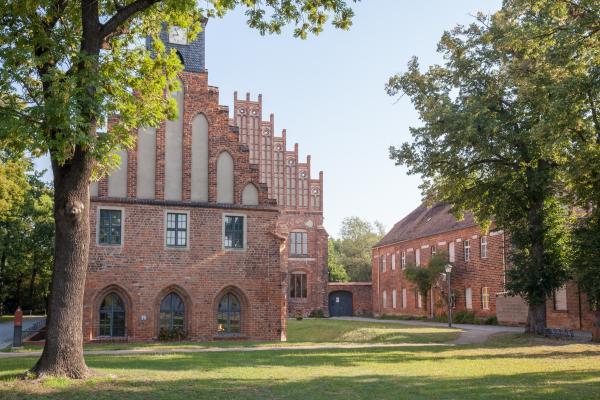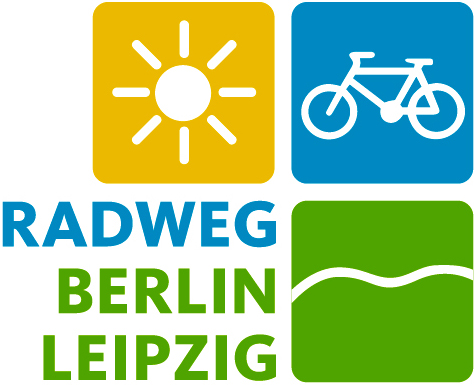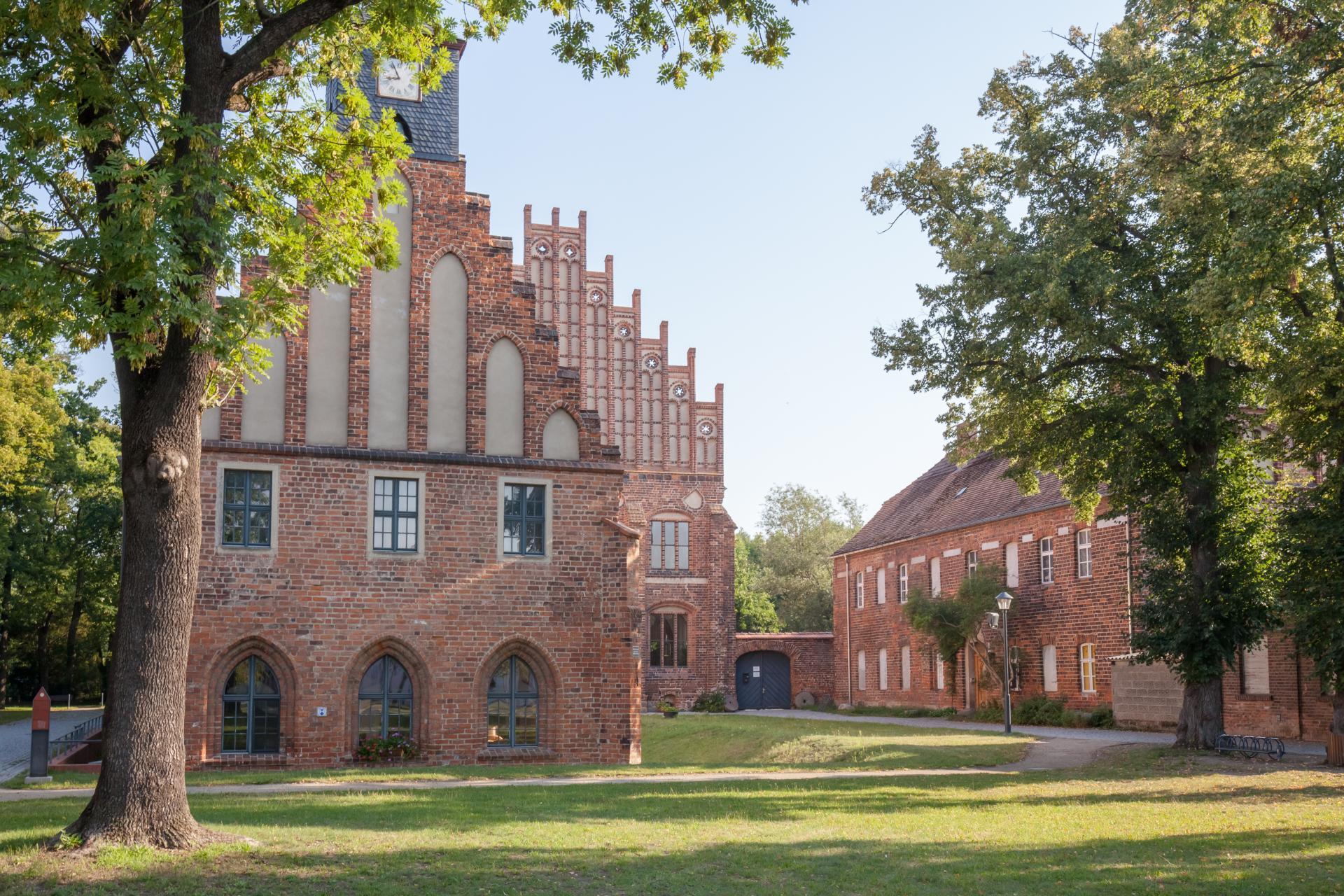Zinna Monastery
In the landscape of the Lower Fläming, the buildings that still exist today bear impressive witness to the work of the white monks in the colonial land east of the Elbe.
The village is named after the Cistercian monastery founded here by Archbishop Wichmann of Magdeburg in 1170.
The monastery was also an important landowner. Rüdersdorf, located to the east of Berlin, with its limestone quarries, occupied a special place among the villages that were located on the 300 square kilometers of monastery land, as they created the wealth that is still reflected in the magnificent abbey buildings of the 14th and 15th centuries. The history of the Cistercians is presented in detail in the museum, which is located in the former abbot's house. A model of the monastery gives an idea of the dimensions of the complex. The high Gothic frescoes in the abbot's chapel provide an insight into the medieval monk's view of the world.
Due to its close proximity to Jüterbog and Wittenberg, Luther's teachings also spread to Zinna Abbey. In 1553, the last monks left Zinna and the monastery was secularized.
It was not until 1764, when Frederick the Great founded a weavers' settlement here, directly on the Saxon border, that the town came back to life. Both industrialization and the misappropriation of building funds prevented the hoped-for wealth. Nevertheless, the grateful citizens erected a monument to "Old Fritz" in the middle of the market square.
The founding of the town by Frederick II and the old crafts are presented in museum form in the so-called Customs House. Historical hand looms and equipment give an idea of the hardships of weaving.
The former Siechenhaus is home to the herbal essence production facility for the "Zinnaer Klosterbruder", a legendary herbal liqueur that can be tasted on site with the purchase of an admission ticket.

Opening hours
Closed on Monday
Tuesday-Sunday 10:00 - 17:00

